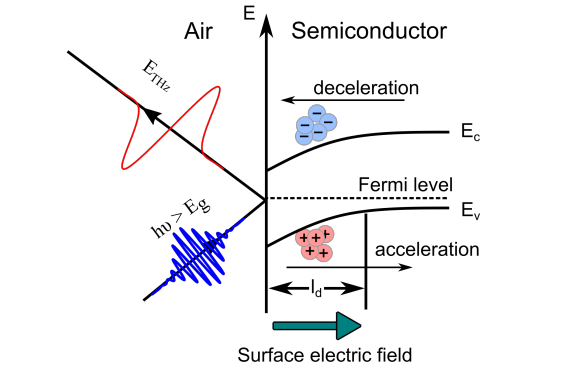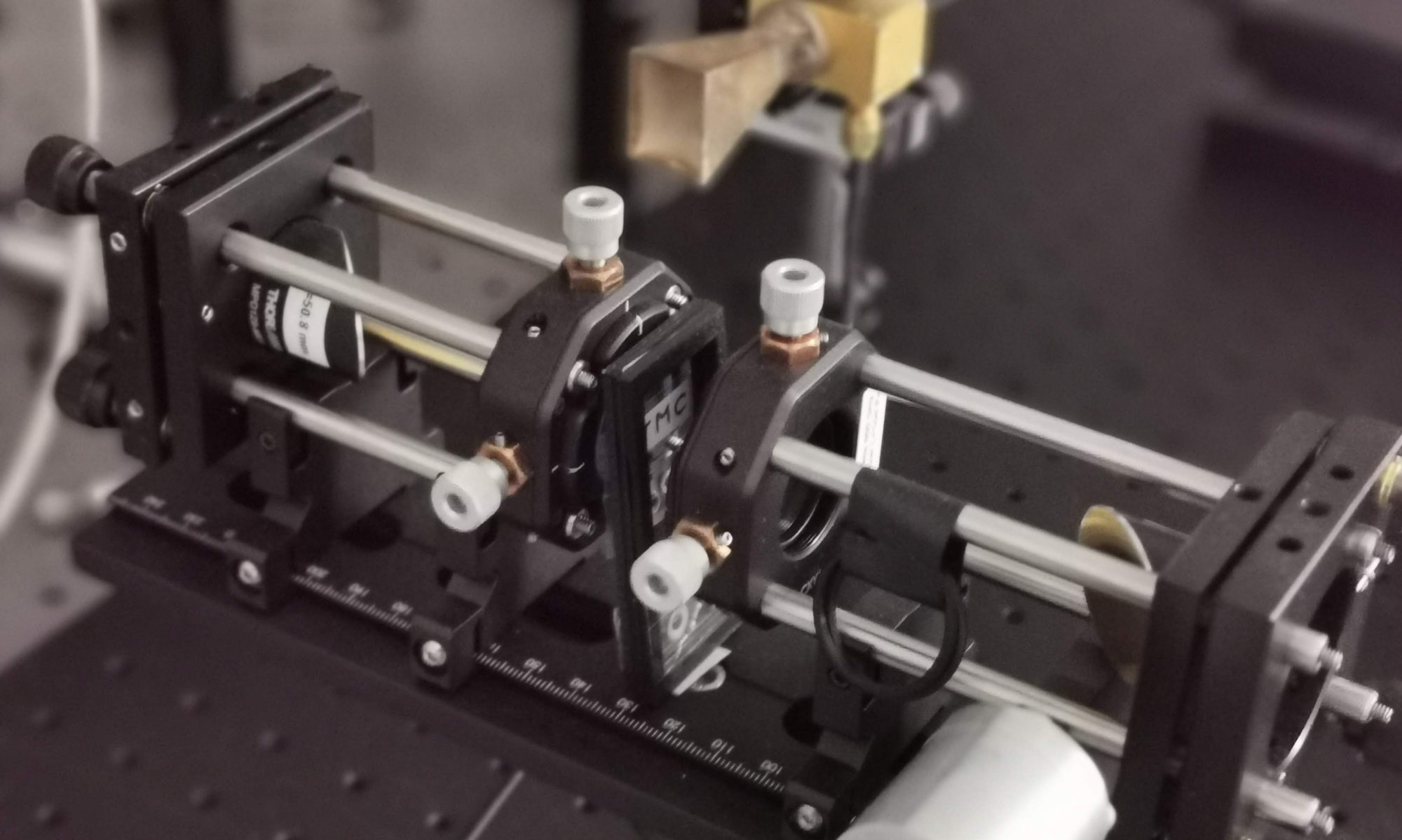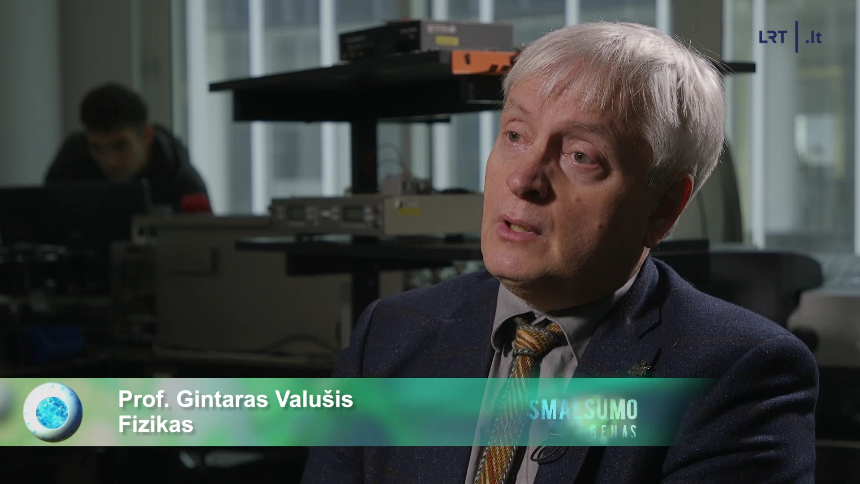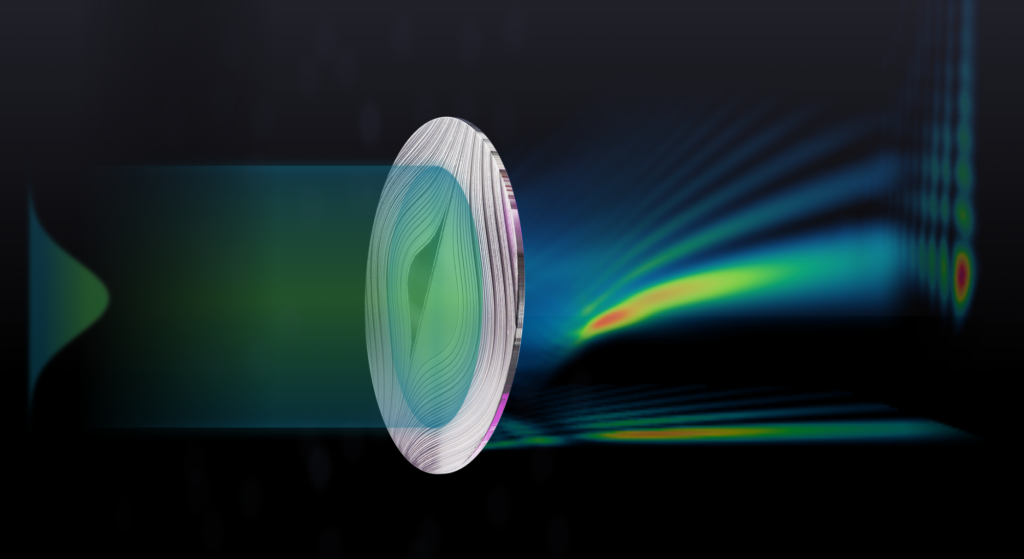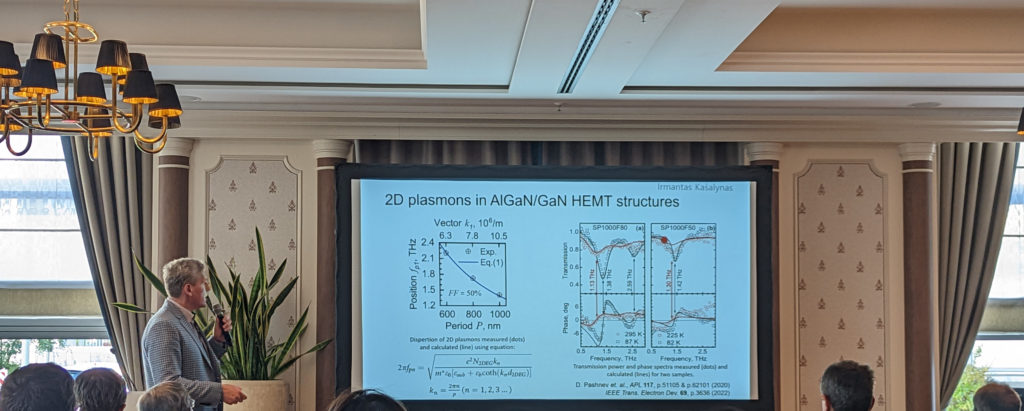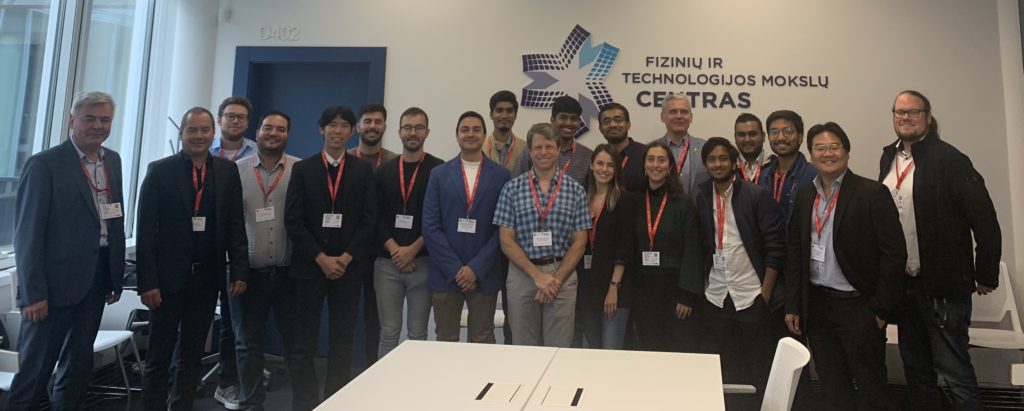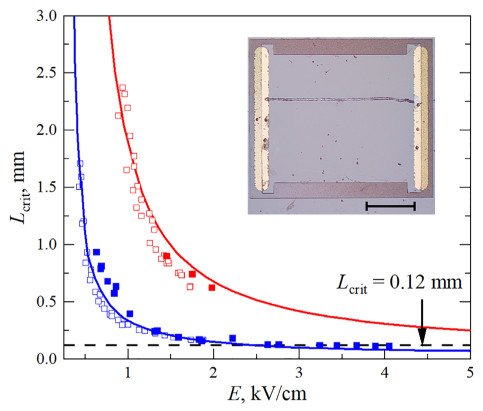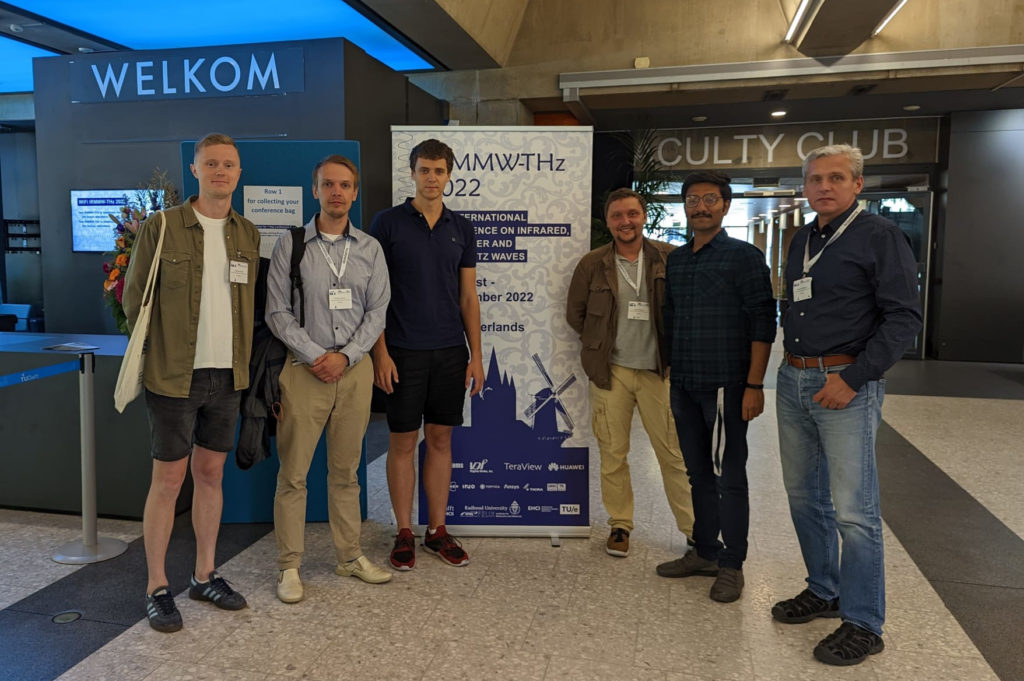A comprehensive review written by Arūnas Krotkus, Ignas Nevinskas and Ričardas Norkus on the terahertz excitation spectroscopy and it’s applications is recently published in the journal “Materials” by MDPI Publisher. The experimental technique known as the THz excitation spectroscopy is used as a contactless method to study the band structure and investigate the ultrafast processes of various technologically important materials. A recent decade of investigations with the THz excitation spectroscopy method is reviewed in this paper.
The review is available as an open access publication through this DOI: https://doi.org/10.3390/ma16072859
